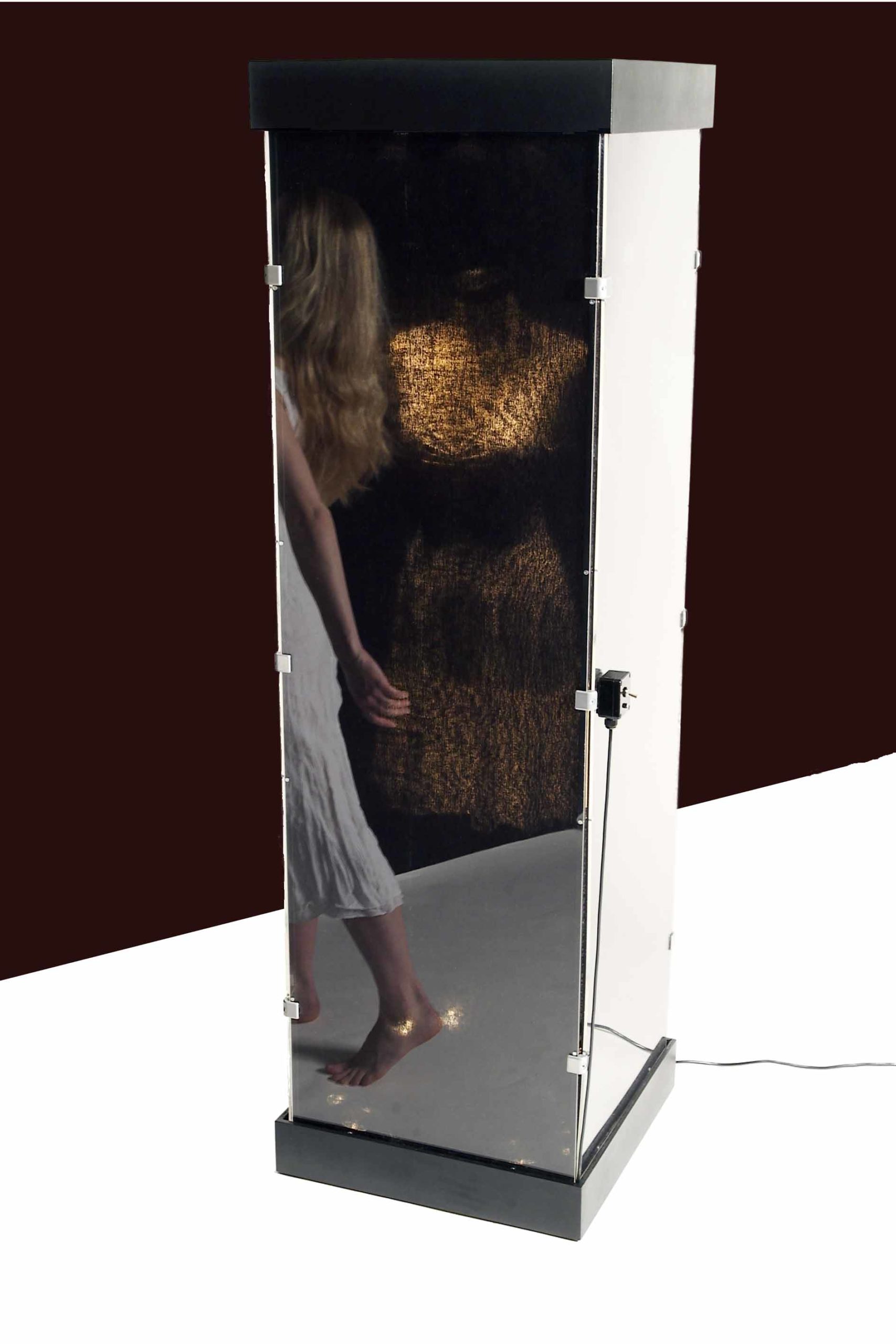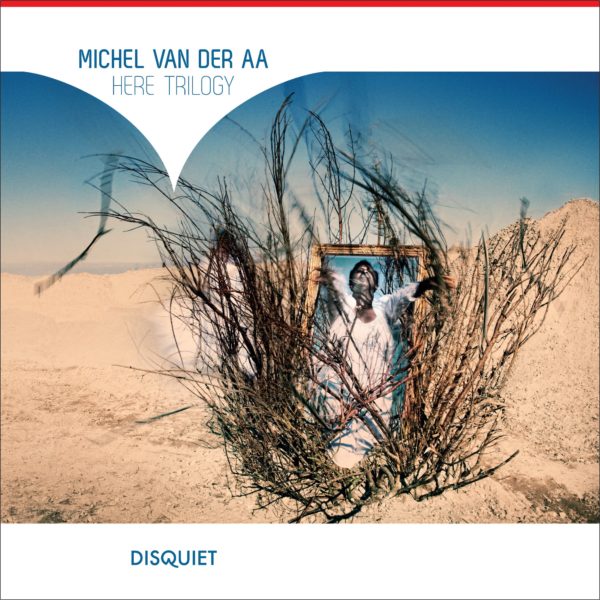A black plexiglas cabin the size of a telephone booth is set up on stage as a dominant yet silent partner. What does this object mean? What secret does it contain? The conductor tentatively inspects the black box but the music from the chamber orchestra forbids him to reveal its contents. The visual revelation is delayed as long as the process of musical enclosure is not complete. Only at the end of the piece does the cabin become illuminated, revealing – as a deus ex machina – a female figure. The mystery has been exposed – but not solved.
In his Here trilogy, composer Van der Aa draws the listener into the musical exploration of the clash between the individual and his surroundings. His irrepressible fascination for theatrical and visual means is one recurring feature of the trilogy. A recognizable harmonic signature is evidence of his economical use of material. The harmonic DNA of the Here trilogy consists in each of the three sections of the same eleven chords, both in the orchestra and the soundtrack.
The opening work Here [enclosed] is, in its scoring for chamber orchestra and soundtrack, the most abstract of the triptych: the dramatic ‘ego’ is only visually present (in the cabin). While the individual and her surroundings encircle each other in Here [in circles] and attract and repel one another in Here [to be found], Here [enclosed] is entirely about an instrumental process of containment. That happens on various levels. The soundtrack hems in the orchestra by repeating sampled notes as chords in an ever-tightening texture. But the tension also tautens on a micro-level, in the approach to timbre and the development of individual instrumental lines – until the acoustic enclosure reaches a visual as well as musical climax with the disclosure of the cabin’s contents. The sound is audibly confined, and the individual is visibly imprisoned. Van der Aa resolves the resulting vacuum by turning the music inside out in the epilogue.
Foreshadowing the role of the soprano in Here [in circles] and Here [to be found], the first violin emerges from the muted string orchestra as an individual dramatic entity. The lone protagonist rises above the collective to which she once belonged, and wages war on the surging and increasingly threatening white noise emitted from the soundtrack.
The interaction between the live sounds (man) and the electronic sounds (machine) is consistently and noticeably marked by the sound of clicks and snipping that cut cruelly through the music. In this way Van der Aa reveals his compositional skeleton as in an X-ray, or as a blueprint that is permanently illuminated behind the music.
— Mischa Spel





